Navigating Retirement Savings: A Guide to 2025 Roth IRA Contribution Limits
Navigating Retirement Savings: A Guide to 2025 Roth IRA Contribution Limits
Introduction
With enthusiasm, let’s navigate through the intriguing topic related to Navigating Retirement Savings: A Guide to 2025 Roth IRA Contribution Limits. Let’s weave interesting information and offer fresh perspectives to the readers.
Table of Content
Navigating Retirement Savings: A Guide to 2025 Roth IRA Contribution Limits
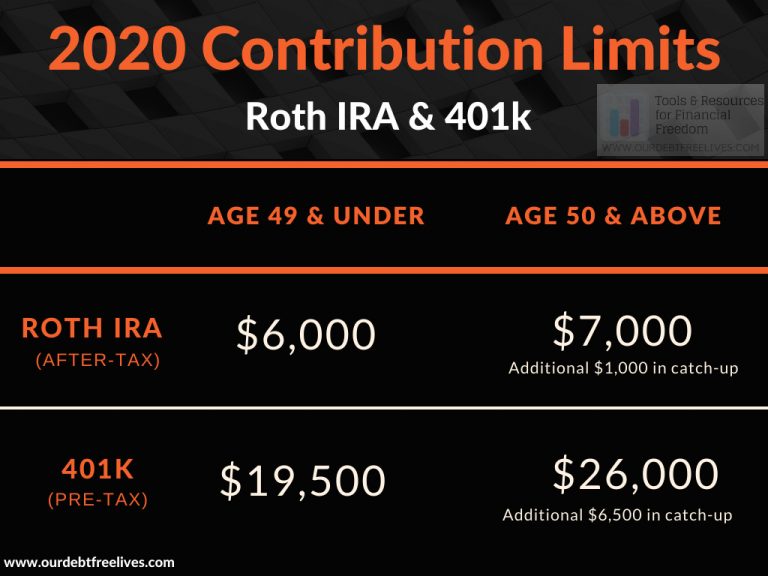
The Roth IRA, a popular retirement savings vehicle, offers tax-free withdrawals in retirement. Understanding the annual contribution limits is crucial for maximizing your savings potential and ensuring you benefit from this advantageous retirement plan. This article delves into the 2025 Roth IRA contribution limits and explores how this information can be leveraged for successful retirement planning.
The 2025 Contribution Limit: A Foundation for Retirement Savings
The Internal Revenue Service (IRS) annually sets contribution limits for Roth IRAs, reflecting adjustments for inflation and other economic factors. For 2025, the maximum contribution limit is $7,500. This means individuals can contribute up to $7,500 to their Roth IRA during the calendar year.
Understanding the Significance of Contribution Limits
The contribution limit acts as a guidepost for retirement savings. It represents the maximum amount an individual can contribute to their Roth IRA within a given year. Staying within these limits ensures that contributions qualify for the tax advantages associated with the Roth IRA. Exceeding the limit can lead to penalties and may compromise the tax benefits.
Factors Influencing Contribution Limits
The contribution limit for Roth IRAs is not static. It is subject to adjustments based on several factors, including:
- Inflation: The IRS annually adjusts the contribution limit to account for inflation. This ensures that the purchasing power of contributions remains consistent over time.
- Economic conditions: Economic fluctuations can impact contribution limits. However, these adjustments are typically less frequent than those related to inflation.
- Age: Individuals aged 50 and older can contribute an additional "catch-up" amount to their Roth IRA. This provision allows older individuals to accelerate their retirement savings.
Benefits of Utilizing the Full Contribution Limit
Maximizing contributions within the annual limit offers several key advantages:
- Tax-free growth: Earnings within a Roth IRA grow tax-free. This means that all withdrawals in retirement are tax-free, providing a substantial financial advantage.
- Tax-free withdrawals: Qualifying withdrawals from a Roth IRA in retirement are entirely tax-free. This can significantly reduce your tax burden in retirement, allowing you to enjoy your savings without the added burden of taxes.
- Potential for higher returns: By contributing the maximum amount allowed, you can potentially earn higher returns on your investments due to the power of compounding.
Calculating Your Contribution Limit: A Necessary Step
While the 2025 contribution limit stands at $7,500, it is important to note that this may not be the maximum amount you can contribute. Individuals with adjusted gross income exceeding certain thresholds may face limitations on their Roth IRA contributions.
Income Limits for Roth IRA Contributions
The IRS sets income limits for Roth IRA contributions. Individuals who exceed these limits may not be eligible to contribute to a Roth IRA, or their contributions may be phased out. For 2025, the income limits are:
- Single Filers: Contributions are phased out between $153,000 and $168,000 of modified adjusted gross income.
- Married Filing Jointly: Contributions are phased out between $228,000 and $243,000 of modified adjusted gross income.
Navigating Contribution Limits with a Calculator
To determine your personal contribution limit, you can utilize online calculators or consult with a financial advisor. These tools can help you factor in your income, filing status, and other relevant factors to determine the maximum amount you can contribute to your Roth IRA.
FAQs: Addressing Common Questions
Q: What if I exceed the contribution limit?
A: If you exceed the contribution limit, you may face penalties from the IRS. These penalties can include a 6% excise tax on the excess contribution. It is essential to ensure that your contributions remain within the allowed limits.
Q: Can I contribute to a Roth IRA and a traditional IRA simultaneously?
A: Yes, you can contribute to both a Roth IRA and a traditional IRA simultaneously, but there are limitations. You can only contribute a maximum of $7,500 to both accounts combined.
Q: What are the tax implications of withdrawing funds from a Roth IRA?
A: Qualifying withdrawals from a Roth IRA in retirement are tax-free. This includes both contributions and earnings. However, early withdrawals (before age 59 1/2) may be subject to taxes and penalties.
Tips for Maximizing Roth IRA Contributions
- Contribute early and often: The sooner you start contributing to your Roth IRA, the more time your investments have to grow tax-free.
- Utilize the catch-up provision: Individuals aged 50 and older can contribute an additional $1,000 per year to their Roth IRA.
- Consider automatic contributions: Setting up automatic contributions from your paycheck can help ensure that you contribute regularly and consistently.
- Seek professional advice: A financial advisor can help you create a personalized retirement plan that includes Roth IRA contributions and other strategies to maximize your savings potential.
Conclusion: A Powerful Tool for Retirement Planning
The Roth IRA remains a valuable tool for retirement planning. Understanding the contribution limits, income thresholds, and other factors associated with this retirement account is crucial for maximizing its benefits. By carefully navigating these guidelines, individuals can secure a comfortable and financially secure retirement.
Remember, the 2025 Roth IRA contribution limit is just one piece of the puzzle. A comprehensive retirement plan should consider your individual circumstances, financial goals, and risk tolerance. Seeking professional advice from a financial advisor can help you develop a tailored strategy for a successful and fulfilling retirement.
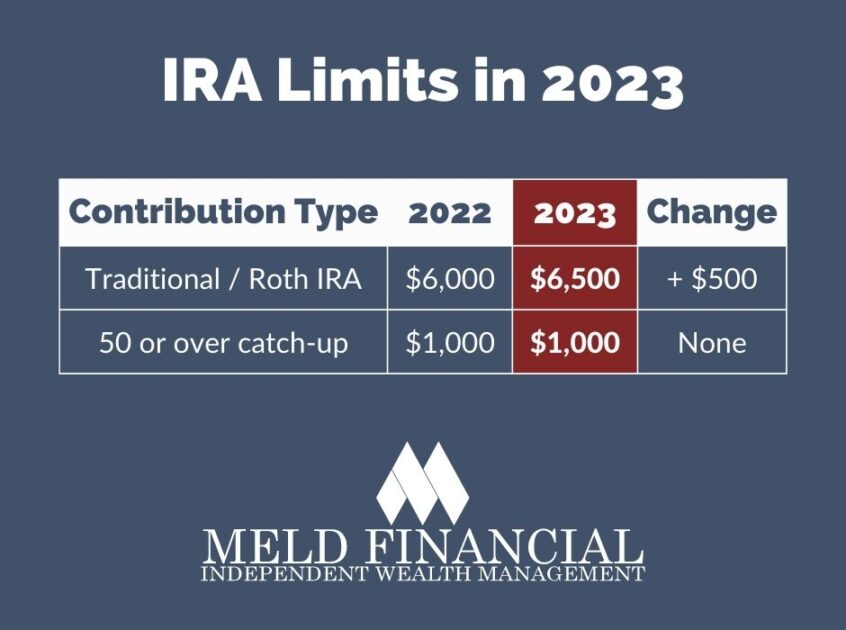
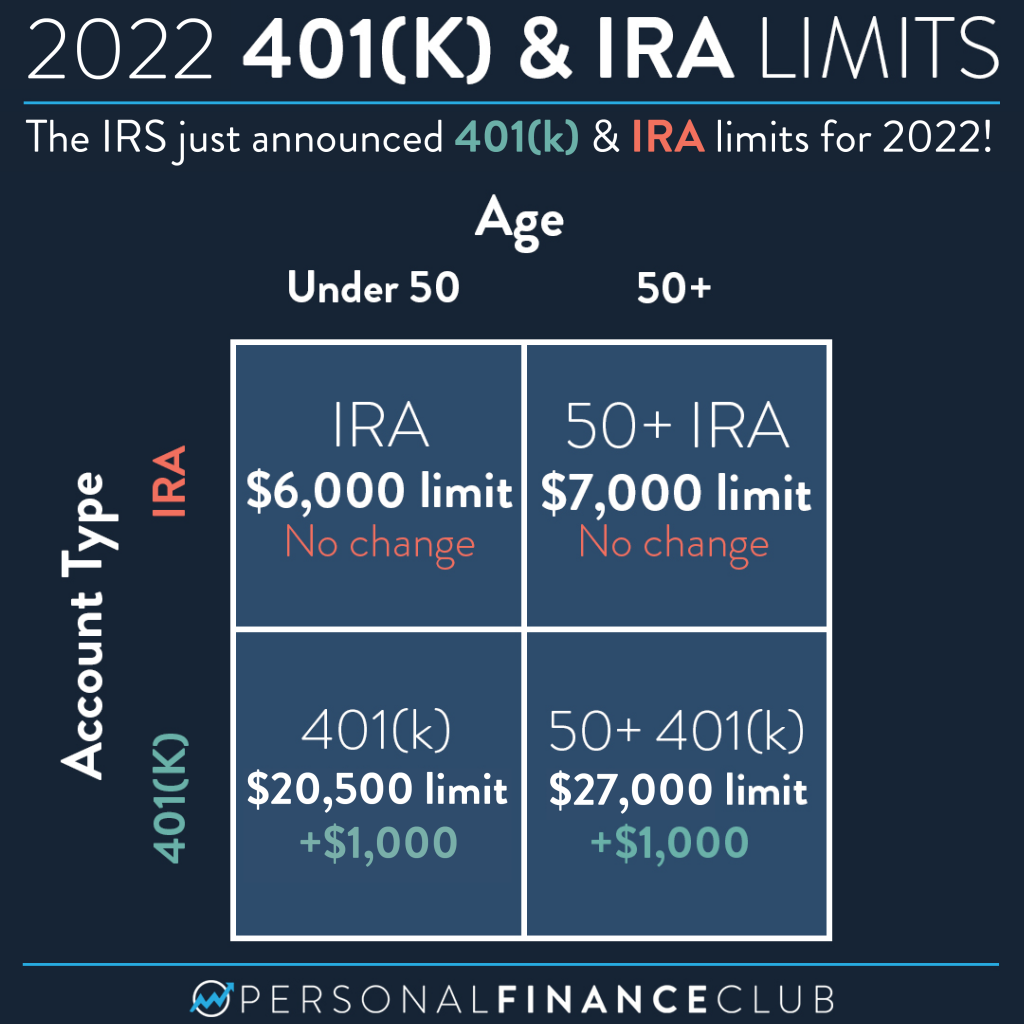


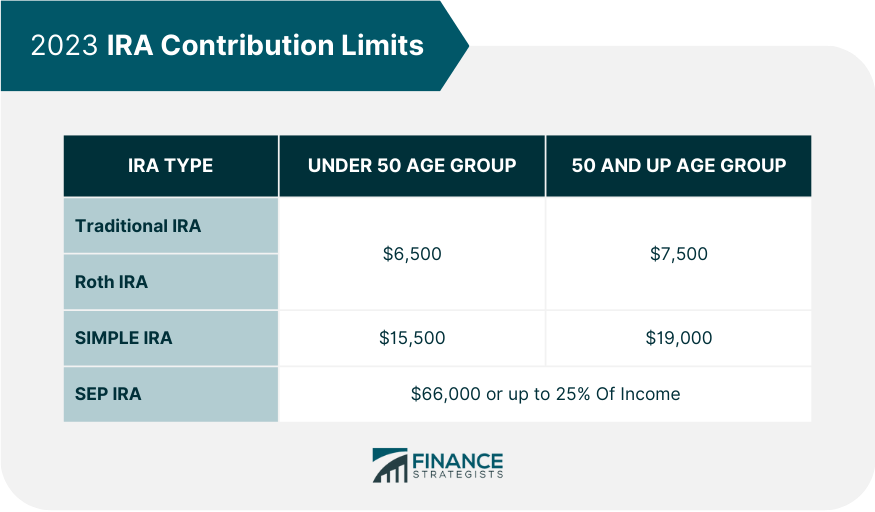

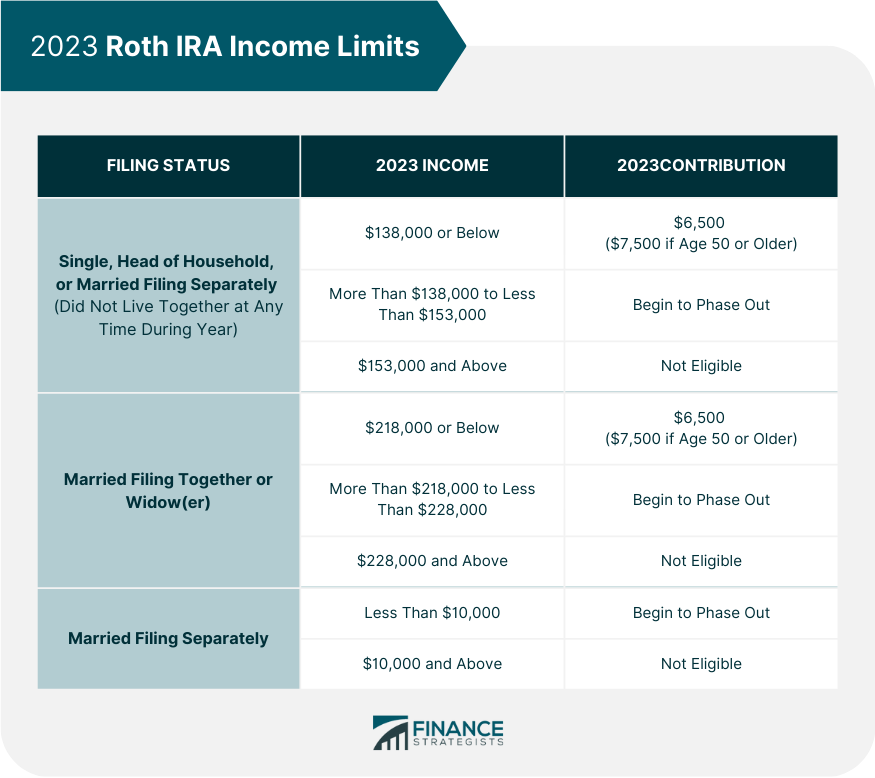
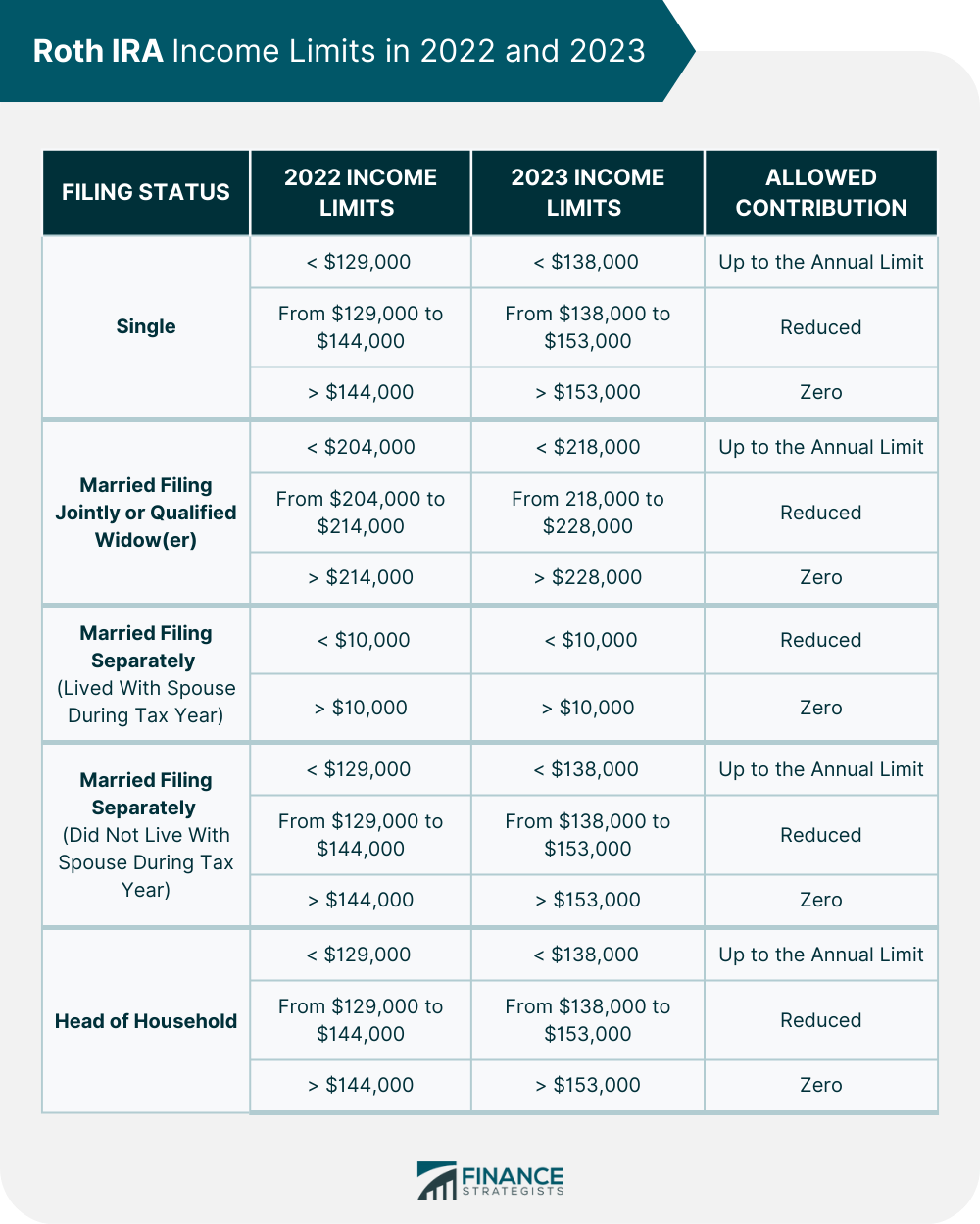
Closure
Thus, we hope this article has provided valuable insights into Navigating Retirement Savings: A Guide to 2025 Roth IRA Contribution Limits. We thank you for taking the time to read this article. See you in our next article!